Introduction
Welcome to the fascinating world of vintage motorcycles! In this article, we will delve into the art of restoring classic motorcycles to their former glory. Whether you are a motorcycle enthusiast, a collector, or simply have a passion for vintage beauties, this comprehensive guide will provide you with valuable insights and step-by-step instructions on bringing these timeless machines back to life.
The History of Classic Motorcycles
Before we embark on the restoration journey, it is essential to understand the rich history and significance of classic motorcycles. From the pioneering days of the early 20th century to the golden age of motorcycling in the mid-20th century, these two-wheeled marvels have captivated riders with their elegance, power, and iconic designs.
Choosing the Right Motorcycle to Restore
When it comes to restoring a classic motorcycle, selecting the right model is crucial. Factors such as availability of spare parts, rarity, and personal preference should be taken into consideration. Whether you are drawn to the timeless beauty of a Harley-Davidson or the sleek lines of a Triumph, choose a motorcycle that resonates with your passion and aligns with your restoration goals.
Tools and Equipment Needed for Restoration
Before diving into the restoration process, it is essential to equip yourself with the right tools and equipment. A comprehensive set of hand tools, specialty tools for specific motorcycle models, and safety gear are indispensable. Additionally, investing in a reliable motorcycle lift, air compressor, and a well-organized workspace will greatly enhance your restoration experience.
Disassembling and Assessing the Motorcycles
With your motorcycle and tools ready, it’s time to embark on the disassembly process. Carefully remove each component, documenting and organizing them along the way. This meticulous approach allows for a thorough assessment of each part’s condition, identifying areas that require repair, replacement, or restoration.
Restoring the Engine and Transmission
The heart and soul of any motorcycle lie within its engine and transmission. In this stage of the restoration process, meticulous attention to detail is crucial. Inspect each component, clean and refurbish where necessary, and replace any worn-out parts. Rebuilding the engine and transmission will ensure optimal performance and reliability for your restored classic motorcycle.
Repairing and Refurbishing the Frame and Bodywork
The frame and bodywork of a classic motorcycle not only contribute to its aesthetics but also provide structural integrity. Repair any damage, remove rust, and restore the frame to its original strength. Additionally, meticulously refurbish the bodywork, addressing any dents, scratches, or imperfections. A fresh coat of paint will bring the motorcycle back to its former glory.
Reviving the Electrical System
The electrical system is the nerve center of any motorcycle. Carefully inspect the wiring, clean or replace connectors, and ensure proper grounding. Rebuilding or replacing the ignition system, lights, and other electrical components will ensure a reliable and safe riding experience on your restored classic motorcycle.
Painting and Finishing Techniques
One of the most rewarding stages of the restoration process is the application of paint and finishing touches. Choose a color scheme that honors the motorcycle’s original design or allows for a personalized touch. Utilize proper painting techniques, including priming, sanding, and clear coating, to achieve a flawless and durable finish.
Upholstery and Seat Restoration
The seat of a motorcycle not only provides comfort but also adds to its overall aesthetic appeal. Restore the seat by replacing worn-out foam and upholstery. Choose high-quality materials that match the original design or add a touch of modernity while staying true to the motorcycle’s character.
Reassembling and Testing the Motorcycle
With all components restored and refurbished, it’s time to reassemble the motorcycle. Follow the disassembly documentation and take care to ensure each part fits correctly. Once assembled, perform thorough testing to ensure that the engine, transmission, electrical system, and other critical components are in optimal working condition.
Tips for Maintaining and Preserving Classic Motorcycles
Congratulations! Your classic motorcycle has been successfully restored to its former glory. To preserve its beauty and performance, regular maintenance is key. Keep the motorcycle clean, lubricate moving parts, and address any issues promptly. Additionally, store the motorcycle in a dry and secure environment, protecting it from the elements and potential damage.
Showcasing Restored Vintage Beauties
Finally, as a proud owner of a restored classic motorcycle, consider showcasing your masterpiece. Attend vintage motorcycle shows, join local motorcycle clubs, or organize your own exhibitions. Sharing your passion with fellow enthusiasts not only celebrates the art of restoration but also inspires others to embark on their own restoration journeys.
Conclusion
Restoring classic motorcycles is a labor of love that requires patience, dedication, and an appreciation for the craftsmanship of a bygone era. By following the steps outlined in this article, you can turn a neglected vintage beauty into a show-stopping masterpiece that captures the hearts of motorcycle enthusiasts for generations to come. Embrace the challenge, enjoy the process, and let the journey of restoration take you on a ride through history.
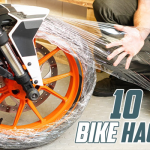

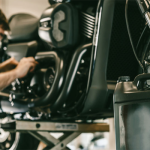
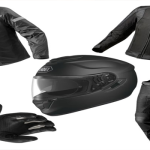





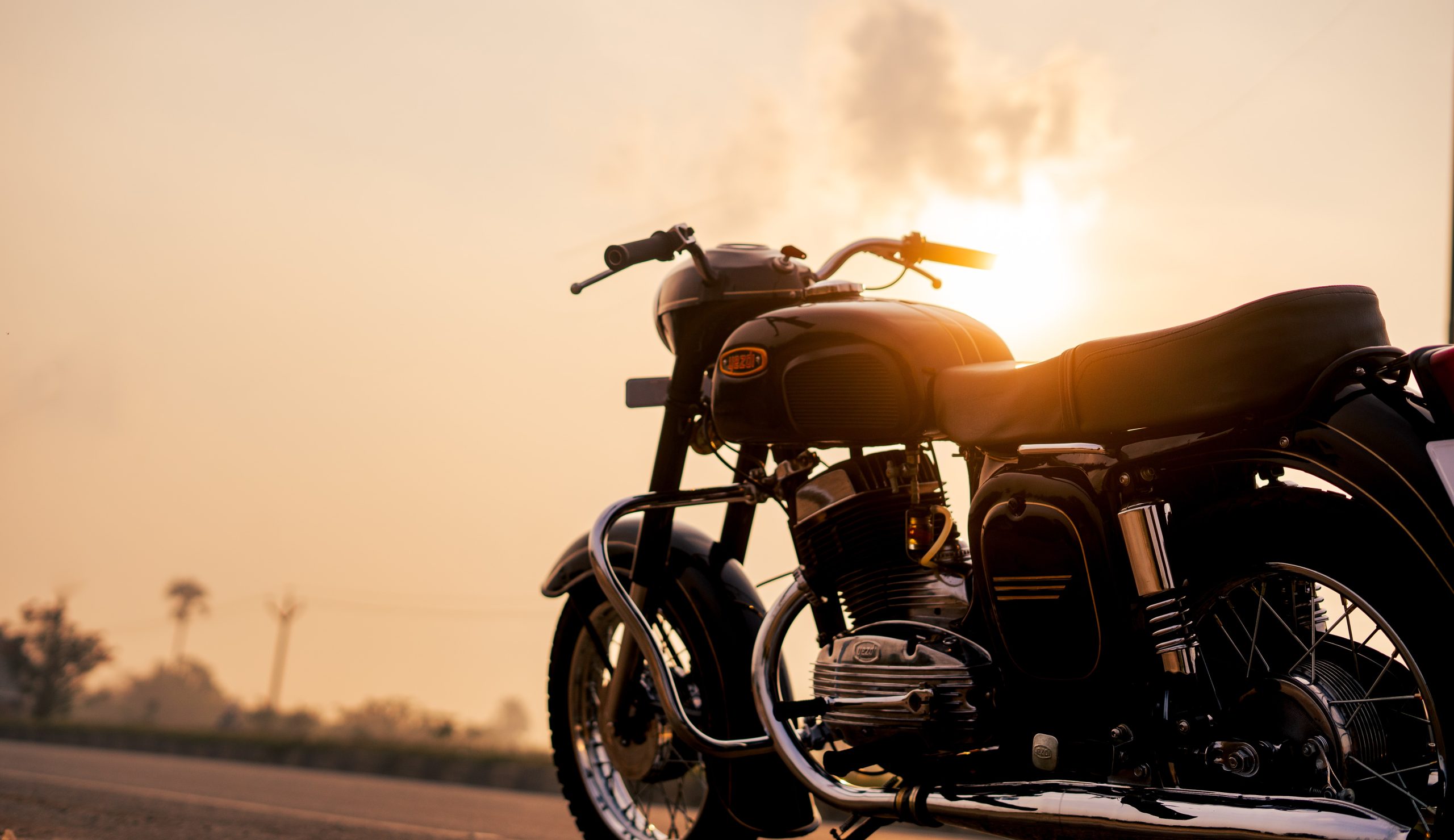



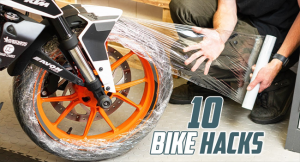
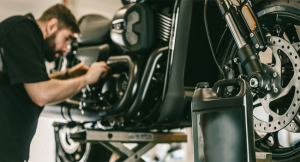
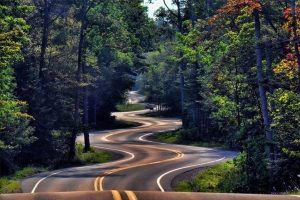
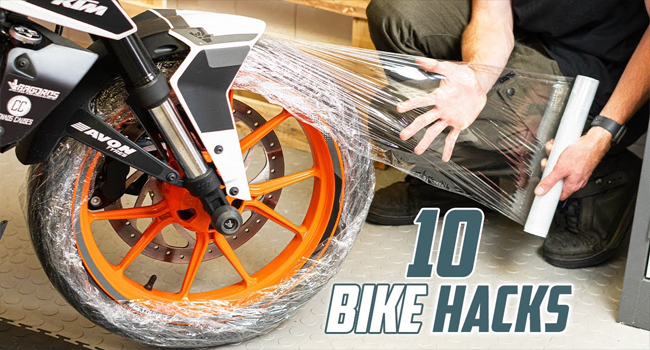

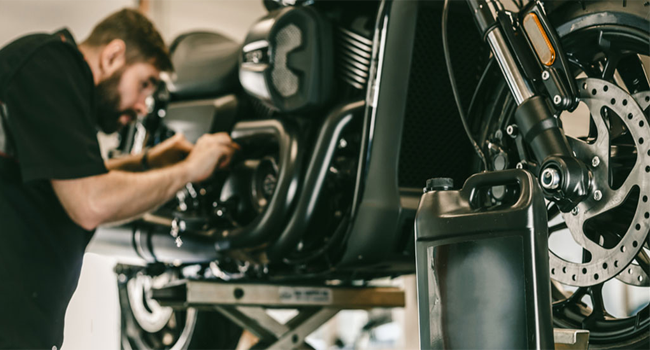
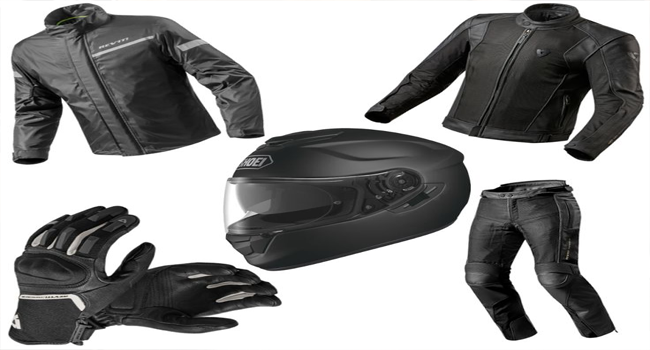
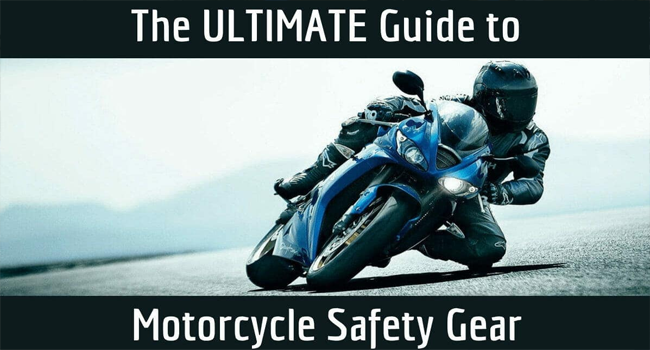

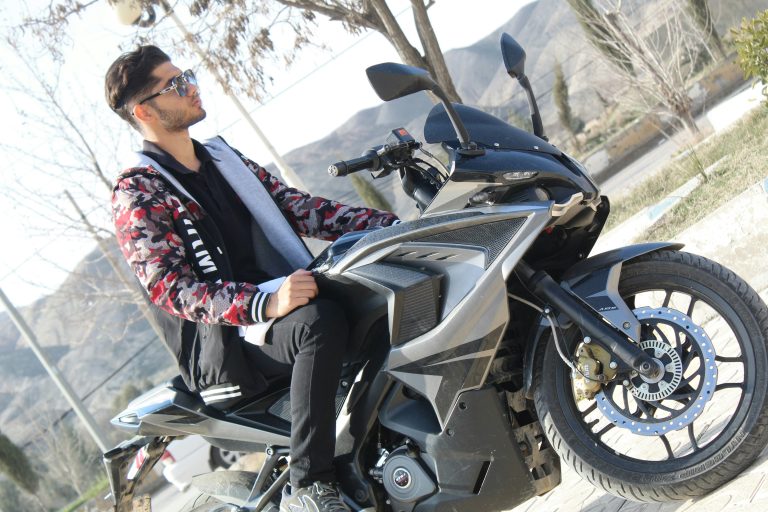
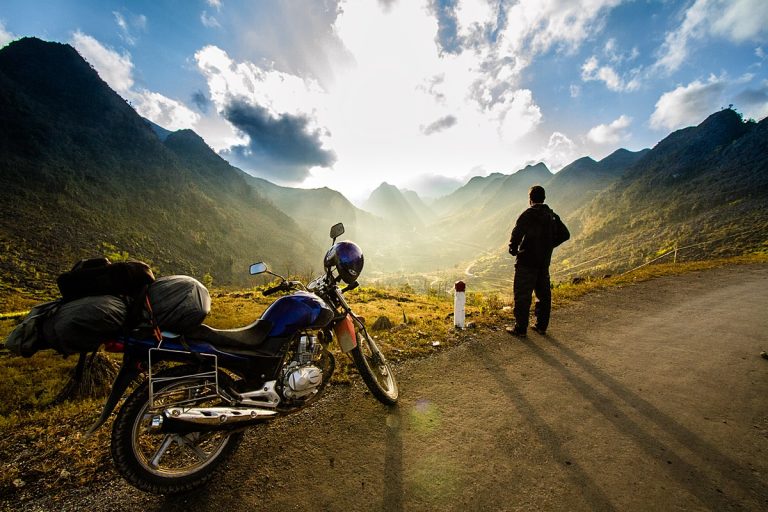
+ There are no comments
Add yours